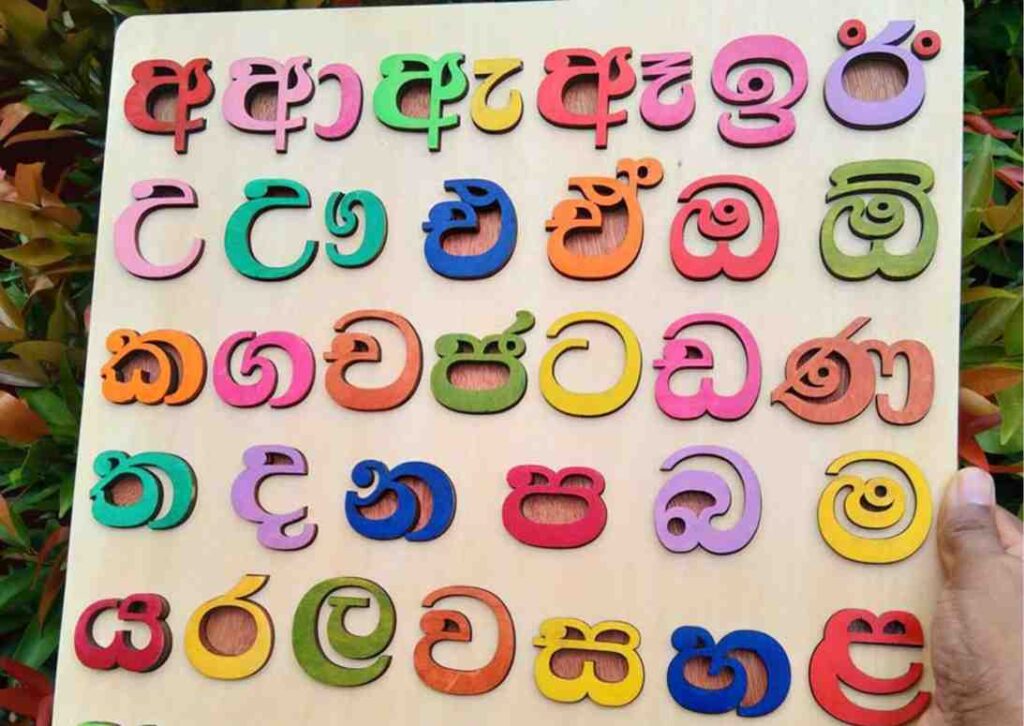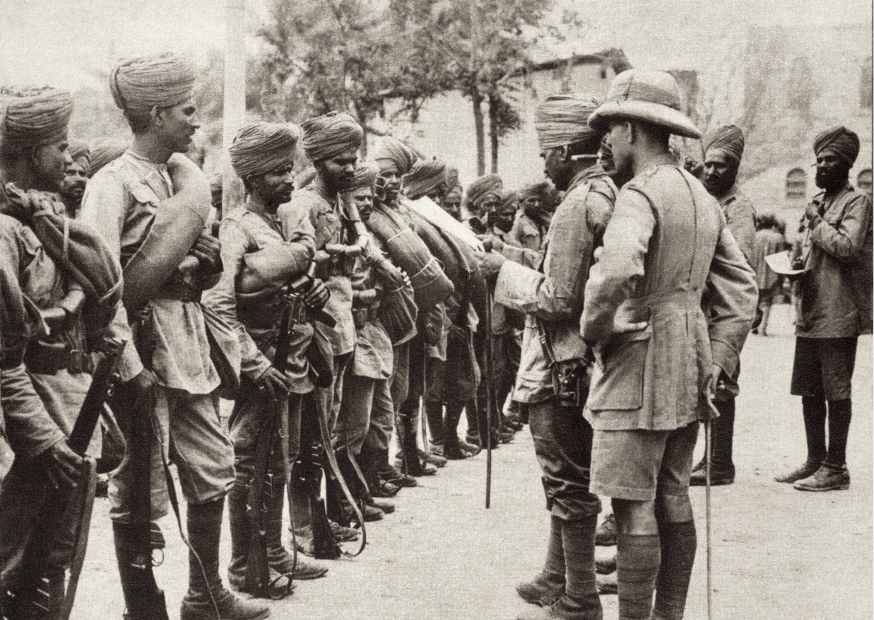Introduction
The world is a diverse tapestry of cultures, each with its unique languages and writing systems. Among these, the Sinhala alphabet stands out as one of the most beautiful and intriguing scripts in the world. Rooted in the rich history of Sri Lanka, the Sinhala alphabet is not only visually striking but also carries a profound cultural and historical significance. In this article, we will explore the beauty and history of the Sinhala alphabet, shedding light on its unique features and cultural importance.
A Brief History of the Sinhala Alphabet
The Sinhala alphabet, also known as Sinhalese script, has a long and storied history dating back over two millennia. It originated in ancient Sri Lanka and is believed to have evolved from the ancient Brahmi script. Over the centuries, it has undergone various transformations and adaptations, resulting in the script we know today.
One of the earliest inscriptions in the Sinhala script can be traced back to the 3rd century BCE. These inscriptions primarily served to document royal decrees, religious texts, and historical events. The script’s evolution continued through the Anuradhapura and Polonnaruwa periods, where it was used to write classical Sinhala literature and religious texts.
The Unique Aesthetic of the Sinhala Alphabet
One of the most striking aspects of the Sinhala alphabet is its aesthetic beauty. The script is known for its graceful, flowing curves and intricate characters, which make it visually captivating. Here are some key features that contribute to its allure:
- Curvilinear Design: Sinhala script is characterized by its flowing and rounded letters, which create a sense of elegance and harmony on the written page. The cursive nature of the script adds a distinct charm.
- Intricate Diacritics: The Sinhala alphabet incorporates a range of diacritical marks, which not only serve to indicate vowel sounds but also enhance the overall visual appeal of the script. These diacritics are elegantly integrated into the characters.
- Elaborate Ligatures: Sinhala script features elaborate ligatures, where multiple characters are combined into a single flowing unit. These ligatures add complexity and beauty to the script.
- Variety of Styles: Over the centuries, various styles of the Sinhala script have emerged, each with its unique aesthetic. These include the “Grantha” script used for Sanskrit texts and the “Vatte Lipi” script used for palm-leaf manuscripts.
Cultural Significance
The Sinhala alphabet holds a special place in Sri Lankan culture and identity. It is not merely a writing system but a symbol of the nation’s rich history, literature, and heritage. Here’s how the script is culturally significant:
- Religious Texts: The majority of Sri Lankans practice Buddhism, and the Sinhala script has been instrumental in preserving and transmitting Buddhist scriptures and teachings. Many ancient Buddhist texts are written in Sinhala, making it an integral part of Sri Lankan Buddhism.
- Classical Literature: Some of the most celebrated works of classical Sinhala literature, such as the “Mahavamsa” and “Ramayana,” are penned in the Sinhala script. These literary masterpieces are a testament to the script’s enduring cultural importance.
- Identity and National Pride: The Sinhala alphabet is a source of pride for the Sinhalese people, who see it as an integral part of their cultural identity. It is used in official documents, signage, and various forms of artistic expression, reinforcing its significance.
Link-
https://matadornetwork.com/





